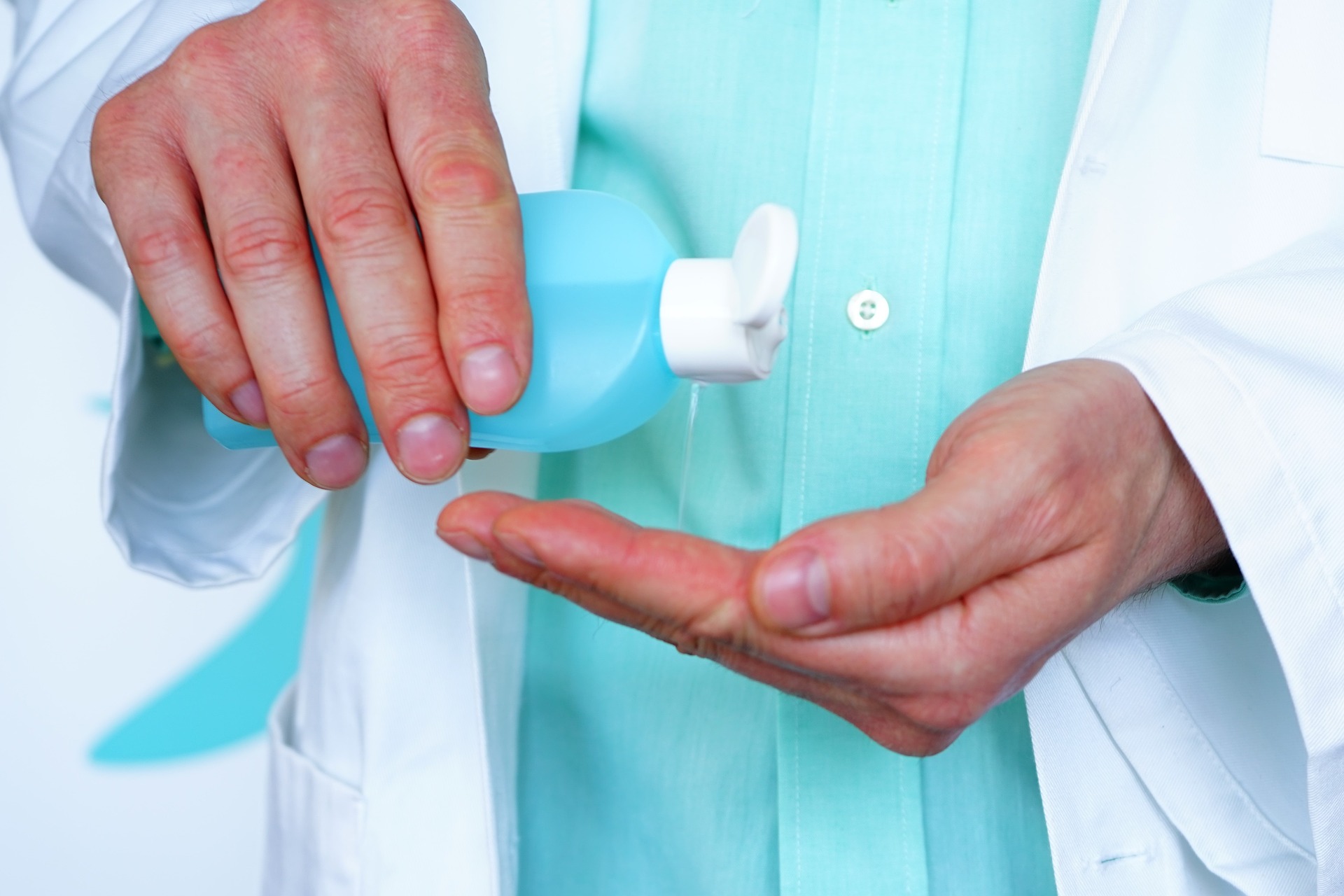Peracetic Acid will continue to replace chlorine based disinfectants in killing pathogens that cause disease. Peracetic acid is most commonly used in a multitude of industries ranging from the food and service industries to healthcare and ancillary facilities. Along with being extremely effective in killing bacteria by attacking the chemical bonds of pathogens, peracetic acid based disinfectant minimizes the chances of infection. It’s becoming the go-to choice for the medical field. It leaves no residue and can be safely discarded without neutralization. This versatile, yet powerful disinfectant is revolutionizing surgical procedures not witnessed since the advent of the Liston knife. But could there possibly be a downside to his powerful and plentiful disinfectant?
Is Peracetic Acid Harmful to Humans?

How can a powerful disinfectant that prevents sepsis also be detrimental to human health? Like any biomedical grade chemical, the end result and toxicity depends on the application. When used to sterilize instruments, peracetic acid minimizes contamination such as Botulism. But if not used or stored properly, peracetic acid, which is also corrosive by nature, can be a harmful eye irritant and can wreak havoc to the respiratory tract. In accordance with OSHA and EPA regulation 10324-214, disinfectant that contains this acid should be stored in areas with good ventilation and a climate that does not exceed 30 degrees Celsius. Product supply specialists should also avoid storing the acid in proximity to metal ions, alkalis and reducing agents. Our climate controlled and well-ventilated chemical storage lockers provide sensible and affordable onsite protection of peracetic acid disinfectant storage.
Proper Chemical Storage Can Prevent Rapid Product Deterioration

If left exposed to the atmosphere and sunlight, peracetic acid can rapidly deteriorate as it only has a half life of 22 minutes. A half-life is the scientific measurement of how quickly compounds break down. In simplest terms, a half-life refers to how long it takes for half of a given substance to deplete. For this reason, disinfectants with peracetic acid have a shelf-life of about a year. With the most prominent industrial chemicals registering shelf lives of at least two years, peracetic acid disinfectants will have just a brief stay in any company’s chemical arsenal. There’s no reason to store large quantities of the disinfectant unless operating under the direction of a large medical facility that provides a wide range of surgical procedures. Along with offering optimal sterilization at commercial medical facilities, peracetic acid is a powerful all-purpose cleaner. As professional cleaning services typically charge approximately $40 per hour for outsourced cleaning services, there’s no reason not to protect the reserves on hand. U.S. Hazmat Storage can provide compartmentalized and segregated chemical storage so you can accurately monitor supplies without undue expenditures.


